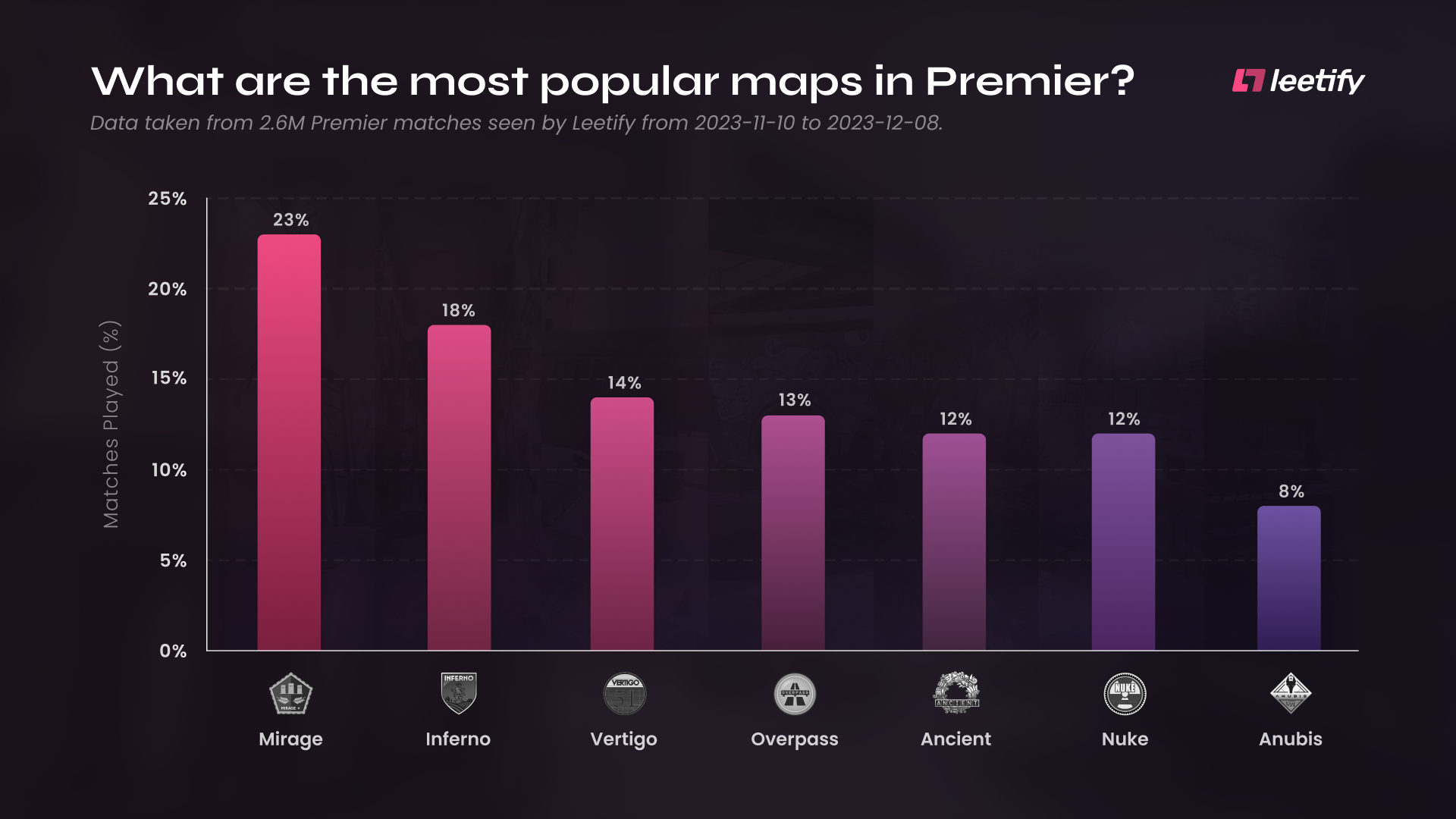Solar Innovations and Trends
Your source for the latest in solar technology and energy solutions.
Veto or Be Vetoed: Navigating the CS2 Map Veto Tango
Master the art of map vetoing in CS2! Uncover winning strategies and ensure your team always has the upper hand in the veto tango.
Mastering the Art of Map Veto: Strategies for Success in CS2
Mastering the art of map veto in CS2 is essential for any competitive player looking to gain an edge over their opponents. The process begins long before the first round; it involves understanding both your team's strengths and weaknesses, as well as those of your adversaries. Analyze past matches to recognize which maps excel for your team and identify those that frequently thwart your strategies. As you refine your analysis, create a prioritized list of maps to veto based on various factors such as team performance, familiarity, and tactical advantages. For example, if your team excels at close-quarters combat, you might consider vetoing maps that favor long-range engagements.
Additionally, communication and collaboration within your team during the veto phase can significantly influence the outcome of the match. It is crucial to engage in open discussions and collectively decide which maps align with your overall game plan. Utilize a systematic approach by adopting a map veto strategy that incorporates a mix of psychological tactics and empirical data. Remember, it’s not solely about eliminating unfavorable maps; it’s also about maximizing the maps that play to your advantages. By maintaining a strong grasp of the veto process and employing these strategies, you will be well on your way to mastering this crucial aspect of CS2.

Counter-Strike is a popular tactical first-person shooter that emphasizes teamwork and strategy. Players can choose from various weapons, including the mag 7, which is known for its high damage at close range. The game has a competitive scene that attracts millions of players worldwide.
The Do's and Don'ts of the CS2 Map Veto Process
The CS2 map veto process is a crucial aspect of competitive gameplay that can significantly influence the outcome of matches. To successfully navigate this process, players and teams should follow some essential do's. Firstly, it's important to communicate effectively with your teammates about your preferred maps and strategies. This collaboration can foster a stronger team dynamic and ensure that everyone is on the same page. Secondly, analyze your recent match performances on various maps and consider opponents' strengths and weaknesses when making your selections. Crafting a cohesive map strategy can tip the scales in your favor.
Conversely, there are also some don'ts to keep in mind during the CS2 map veto process. One major mistake is to avoid negative comments about a teammate's map preference; this can create tension and disrupt team morale. Additionally, don't rush the veto process – take your time to weigh the advantages and disadvantages of each map before making your decision. Lastly, don't ignore the importance of adaptability; if a previously favored map suddenly isn't working, be open to changing your strategy and considering alternatives that may catch your opponents off guard.
Which Maps to Veto: A Comprehensive Guide for Competitive Players
When it comes to competitive gaming, choosing the right maps to veto can significantly influence the outcome of your matches. In Which Maps to Veto, we'll explore the intricacies of map selection, including the strengths and weaknesses of each map. For instance, if you're not confident in close-quarters combat, it's wise to consider vetoing smaller maps like Dust II or Inferno. Alternatively, if you dread long-range engagements, avoid maps that favor sniping, such as Overpass.
Understanding your team's strengths is crucial when making these decisions. To help you navigate this process, we recommend using a matrix format to analyze each map in relation to your team's playstyle. You can create a simple table with maps listed on one axis and your team's preferred strategies on the other. In this way, you can clearly identify the maps that need to be vetoed to maximize your chances of success. Remember, the right veto choices can set the stage for a triumphant match!